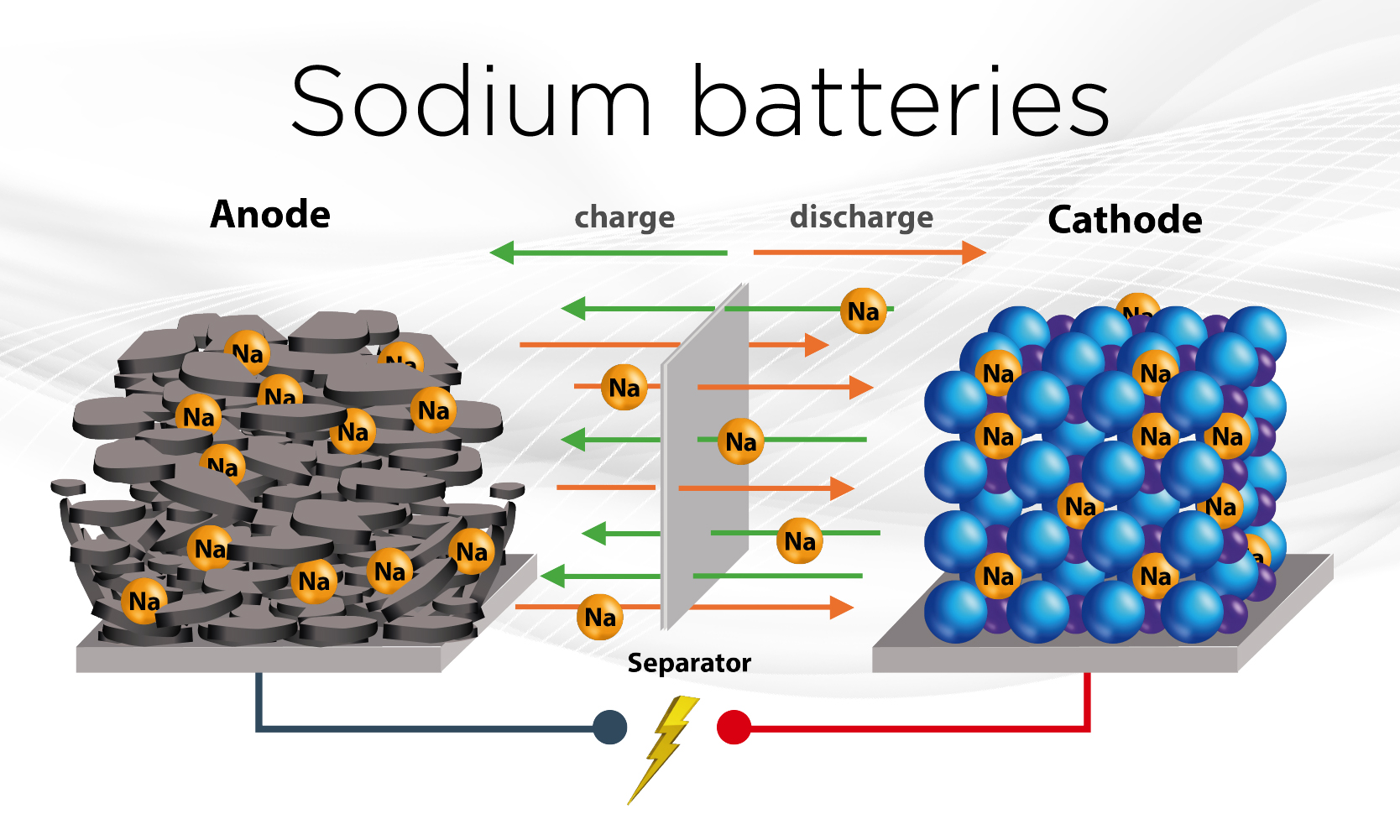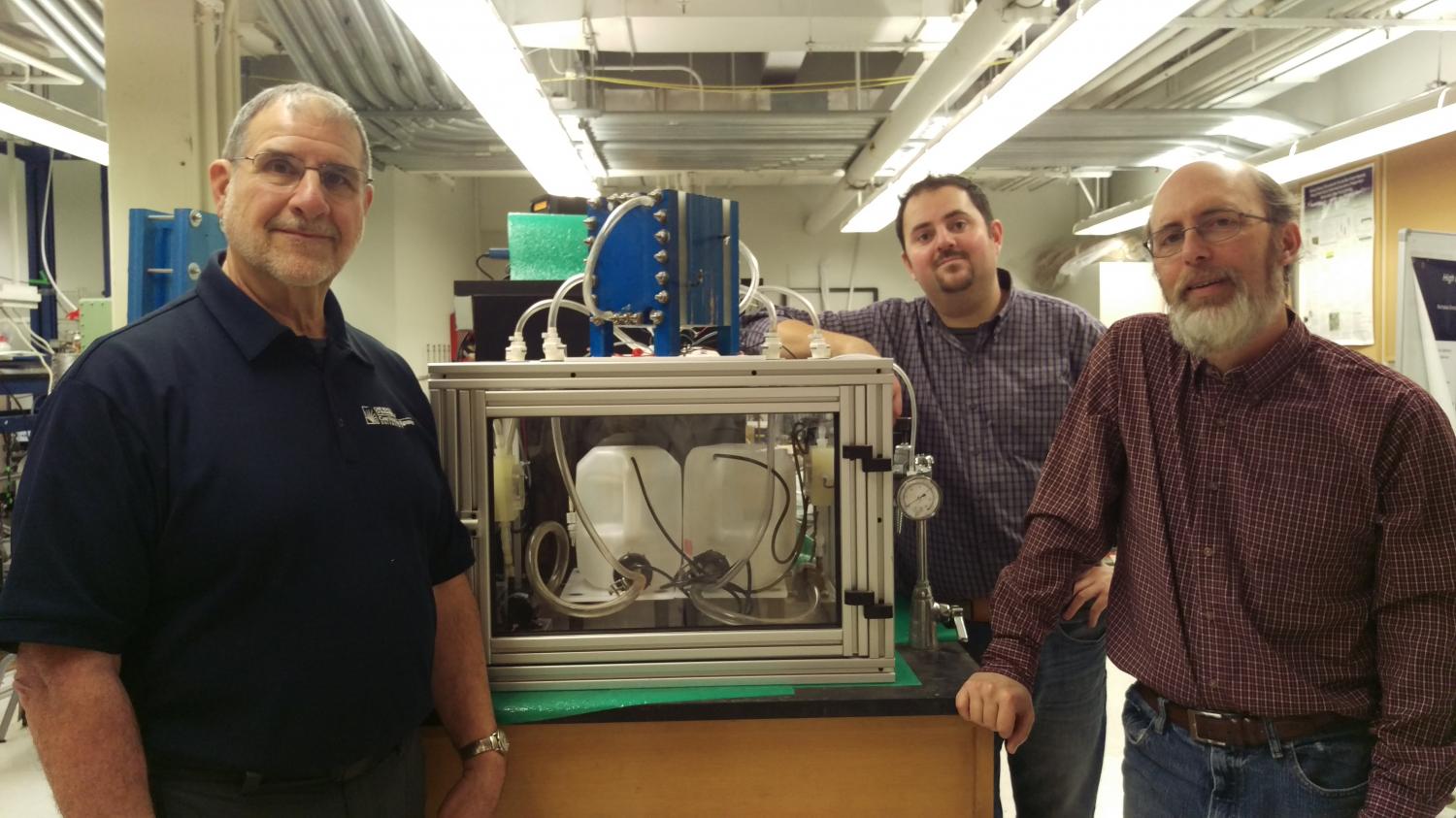
Revolutionizing Energy Storage: The Rise of Sodium-Ion Batteries
The quest for more efficient and sustainable energy storage solutions has led researchers at the University of Houston in Texas to explore the potential of sodium-ion battery technology. As the demand for efficient and cost-effective batteries continues to grow, a new cathode material may significantly enhance the energy storage landscape.
Redefining Battery Chemistry
Lithium-ion batteries have long been the go-to choice for a wide array of applications, from smartphones to electric vehicles. However, as the range of available chemistries for electric vehicle batteries expands, alternative solutions such as lithium iron phosphate (LFP) batteries are gaining traction. These are beginning to replace the more expensive nickel-manganese-cobalt (NMC) batteries in many compact and entry-level electric vehicles, despite offering lower energy densities and reduced performance in cold conditions.
Nevertheless, lithium-based chemistries face ongoing scrutiny. Lithium is relatively costly and primarily processed in China, which can lead to volatile battery prices and undesirable supply chain dependencies. Sodium-ion batteries, conversely, utilize sodium, commonly found in table salt (sodium chloride), which is abundantly available worldwide. This characteristic positions sodium-ion batteries as a potentially cheaper, safer, and more temperature-resistant option compared to their lithium counterparts.
 The future of sodium-ion battery technology shows promising advancements.
The future of sodium-ion battery technology shows promising advancements.
Paving the Way for Sodium-Ion Battery Breakthroughs
Recent developments suggest that improvements in sodium-ion battery performance may soon materialize. Chinese battery giant CATL is reportedly in the second generation of its sodium-ion batteries, yet the first generation fell short in terms of energy density. Enter an international team of researchers, including those from the Canepa Lab at the University of Houston, who have unveiled an innovative cathode material poised to enhance sodium-ion battery efficiency and performance.
The new material, known as sodium-vanadium-phosphate with a chemical formula of NaxV2(PO4)3, promises to boost the energy density of sodium-ion batteries by over 15%. According to initial reports, this material could achieve energy densities of up to 458 watt-hours per kilogram (Wh/kg). In comparison, existing sodium-ion batteries only reach up to 160 Wh/kg, while LFP batteries typically hover between 130 and 200 Wh/kg.
However, it is essential to contextualize these impressive figures: the researchers are referencing the theoretical maximum energy density, which may not directly translate to practical applications at the cell, module, or pack levels.
Cost-Effective Innovations
The implications of this discovery are profound. Researchers indicate that the development of this cathode material marks a significant advancement in the field:
“Sodium is nearly 50 times cheaper than lithium and can even be sourced from seawater, making it a far more sustainable option for large-scale energy storage.” - Pieremanuele Canepa, Assistant Professor of Electrical and Computer Engineering, University of Houston
By leveraging sodium, the production of batteries could be more affordable and streamlined, lessening dependence on lithium and potentially democratizing battery technology on a global scale.
A Transformative Battery Prototype
The collaborative efforts of U.S. and French researchers resulted in a prototype battery utilizing the NaxV2(PO4)3 material, yielding substantial performance improvements. This innovative compound belongs to a class known as “Na superionic conductors” or NaSICONs, which allows sodium ions to efficiently migrate in and out during charge and discharge cycles.
 Testing the new sodium-ion battery prototype reveals promising results.
Testing the new sodium-ion battery prototype reveals promising results.
Unlike existing battery materials that struggle with stability, the vanadium-based compound offers a unique interaction with sodium, functioning as a single-phase system. This stability enables the material to maintain performance while facilitating sodium ion exchange. As Canepa noted, “This continuous voltage adjustment is a key characteristic that enhances battery efficiency without compromising electrode stability, indicating a pivotal point in sodium-ion technology.”
The Challenge of Cost and Materials
While the prospects for sodium-ion batteries appear optimistic, challenges remain. Canepa emphasizes a dual aim:
“Our goal is to find clean and sustainable solutions for energy storage.”
Sodium-ion batteries could potentially meet the soaring energy demands of modern technology while remaining affordable and environmentally friendly. However, the inclusion of vanadium in their composition presents a hurdle, as vanadium is known to be an expensive material. In contrast, CATL has opted for a sodium, iron, and manganese-based cathode in its sodium batteries, further enhancing affordability.
Despite these challenges, vanadium-based cathodes could unlock new application areas for sodium batteries if their positive attributes can be consistently demonstrated in large-scale deployments.
Innovative materials in sodium-ion technology aim for sustainability.
Conclusion: Charting a New Course in Energy Innovation
The work of the research team at the University of Houston has created significant excitement within the battery technology community and beyond. The findings, which have been published in Nature Materials, underscore a pivotal moment in energy storage innovation. As the demand for efficient, cost-effective, and sustainable technologies escalates, sodium-ion batteries may define the next generation of energy storage solutions.
In a world that increasingly relies on renewable energy sources and electric transportation, the evolution of sodium-ion battery technology represents a crucial step forward. If successful, this research could pave the way for broader adoption and integration of these batteries into mainstream applications, marking a significant milestone in the ongoing pursuit of energy efficiency and sustainability.















